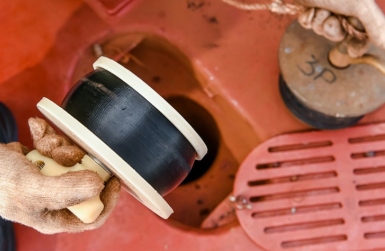
A drone has successfully inspected a 19.4 meter high oil tank on board a Floating Production, Storage and Offloading vessel. The video shot by the drone was interpreted in real-time by an algorithm to detect cracks in the structure. It is the latest step in a technology qualification process that could lead to tank inspections becoming safer and more efficient. Scout Drone Inspection and DNV GL, the quality assurance and risk management company, have been working together to develop an autonomous drone system to overcome the common challenges of tank inspections. For the customer, costs can run into hundreds of thousands of dollars as the tank is taken out of service for days to ventilate and construct scaffolding. The tanks are also tough work environments, with Continue reading “Scout Drone Inspection: Autonomous drone inspections move step closer after successful test”









 Boyan Slat, CEO of The
Boyan Slat, CEO of The  The global maritime data tracking and shock measurement specialist, Dyena, has launched a version of their monitoring system aimed at supporting Naval Architects who are involved in running vessel trials.
The global maritime data tracking and shock measurement specialist, Dyena, has launched a version of their monitoring system aimed at supporting Naval Architects who are involved in running vessel trials.